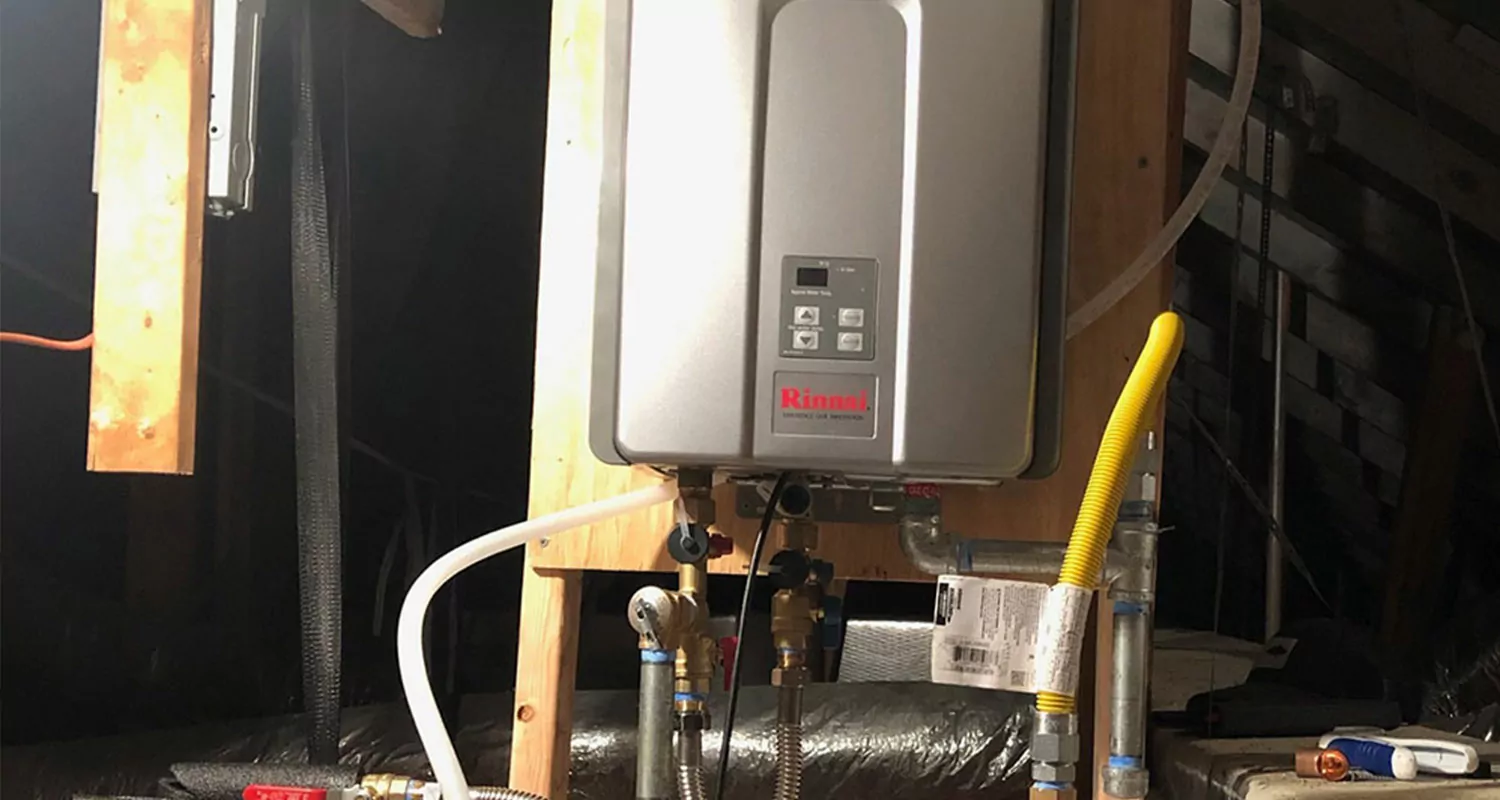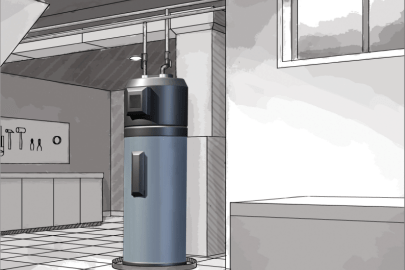Step-by-Step Guide to Maintaining Your Home's Hot Water SystemEasy Steps to Maintaining Your Home's Hot Water System
Step-by-Step Guide to Maintaining Your Home's Hot Water SystemEasy Steps to Maintaining Your Home's Hot Water System
Blog Article
The content listed below pertaining to How to Maintain Your Water Heater & Prolong its Life is relatively interesting. Have a go and draw your own personal findings.

Warm water is crucial for everyday comfort, whether it's for a revitalizing shower or cleaning recipes. To ensure your hot water system runs effectively and lasts longer, normal maintenance is key. This write-up gives sensible ideas and insights on how to maintain your home's warm water system to stay clear of interruptions and expensive repair work.
Introduction
Keeping your home's warm water system could appear complicated, however with a few straightforward steps, you can ensure it runs efficiently for many years to find. This guide covers everything from understanding your warm water system to DIY maintenance pointers and recognizing when to employ expert help.
Importance of Keeping Your Hot Water System
Routine maintenance not just expands the life expectancy of your hot water system yet likewise ensures it operates effectively. Neglecting upkeep can cause reduced efficiency, greater energy bills, and also early failing of the system.
Signs Your Warm Water System Requirements Maintenance
Recognizing when your hot water system needs focus can stop significant problems. Watch out for indications such as inconsistent water temperature, strange sounds from the heating unit, or rusty water.
Recognizing Your Hot Water System
Before diving right into maintenance jobs, it's valuable to understand the standard components of your hot water system. Usually, this includes the hot water heater itself, pipelines, anode poles, and temperature controls.
Month-to-month Maintenance Tasks
Routine monthly checks can aid catch small issues before they rise.
Flushing the Hot Water Heater
Flushing your hot water heater removes debris build-up, enhancing performance and prolonging its life.
Checking and Changing Anode Rods
Anode rods protect against corrosion inside the storage tank. Inspecting and changing them when worn out is essential.
Evaluating and Adjusting Temperature Level Setups
Adjusting the temperature level setups makes certain optimal performance and security.
Do It Yourself Tips for Maintenance
You can do numerous maintenance jobs on your own to keep your hot water system in top problem.
Looking for Leakages
Frequently examine pipelines and connections for leaks, as these can cause water damage and greater costs.
Testing Pressure Alleviation Valves
Examining the pressure relief valve guarantees it operates properly and protects against excessive pressure accumulation.
Shielding Pipelines
Insulating hot water pipes reduces warm loss and can conserve power.
When to Call a Specialist
While DIY maintenance is useful, some problems need specialist experience.
Complex Issues Needing Expert Assistance
Instances include major leaks, electrical issues, or if your hot water heater is continually underperforming.
Regular Specialist Upkeep Benefits
Expert upkeep can consist of complete examinations, tune-ups, and making certain conformity with safety and security criteria.
Conclusion
Routine maintenance of your home's hot water system is vital for effectiveness, durability, and expense savings. By complying with these suggestions and recognizing when to seek professional help, you can ensure a dependable supply of hot water without unexpected disruptions.
How to Maintain an Instant Hot Water Heater
Before tinkering with your hot water heater, make sure that it’s not powered on. You also have to turn off the main circuit breaker and shut off the main gas line to prevent accidents. Also turn off the water valves connected to your unit to prevent water from flowing into and out of the appliance. 2. When you’re done, you have to detach the purge valves’ caps. These look like the letter “T” and are situated on either side of the water valves. Doing so will release any pressure that has accumulated inside the valves while at the same time avoid hot water from shooting out and burning your skin. 3. When the purge valves’ caps are removed, you have to connect your hosing lines to the valves. Your unit should have come with three hoses but if it didn’t, you can purchase these things from any hardware or home repair shops. You can also get them from retail stores that sell water heating systems. Read the user’s manual and follow it to complete this task properly. When the hosing lines are connected, open the purge port’s valves. 4. You should never use harsh chemical cleaners or solutions when cleaning your unit. Make use of white vinegar instead. It should be undiluted and you’ll probably use about 2 gallons. 5. Now flush your water heater. This task should probably take about 40 minutes. We can’t give you specific directions for this because the procedure is carried out depending on the type, model and brand of your heater. With that being said, refer to the user’s manual. 6. When you’re done draining the unit, you have to turn off the purge port valves again. Remove the hosing lines that you earlier installed on each of the water valves. Put the valve caps (purge port) back in their respective places and be very careful so as not to damage the rubber discs that are found inside these caps. 7. Now that everything’s back in place, check your user’s manual again to find out how to reactivate your water heating system. 8. Once it is working, turn one of your hot water faucets on just to let air pass through the heater’s water supply pipes. Leave the tap on until water flows smoothly out of it. https://www.orrplumbing.com/blog/2014/september/how-to-maintain-an-instant-hot-water-heater/

We were made aware of that editorial about How to Maintain a Hot Water Heater in a Few Simple Steps from a buddy on our other web blog. Liked our blog entry? Please quickly share it. Let somebody else check it out. I enjoy your readership.
Call Today Report this page